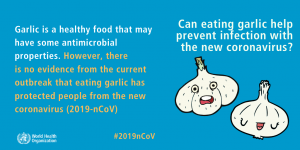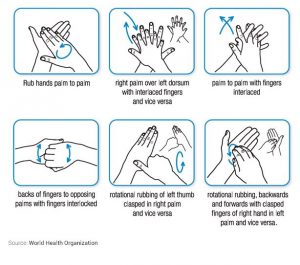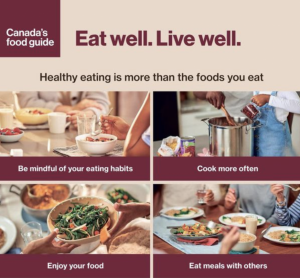
Sue Mah shares her tips on national TV to make the most of your food during times of COVID-19.
Watch Sue’s TV interview here with CTV Your Morning.

Buy foods with a long shelf life. Fresh, frozen and canned foods are all OK. Some ideas: fresh carrots, potatoes, squash, onions and parsnips; frozen fruit, veggies, meat and fish; canned fruit, veggies, beans, soup and pasta sauce; shelf-stable milk or non-dairy beverages. Having these foods can help you get through tough times in case you become sick and can’t leave your home. I write the best before date on a green piece of tape and stick it right on the can for easy visibility! (See my pantry photo below.)
Keep a food inventory to remind you of what have. Go through your fridge, freezer and pantry. The kids can help with this too! Plan your meals using the foods you have on hand. Try new recipes using your pantry staples. Check best before dates and practice the “First In First Out” rule – use the foods that have the earliest best before date first. Circle or highlight items with an approaching best before date so you know to use them soon. Cross the items off the inventory as you use them so you know when you might need to buy more.
Wash your hands before and after cooking / eating. Wash all fresh fruits and veggies before eating, especially if you’re eating the skins. Cook foods to the right temperature. Keep raw foods separate from cooked foods, and use separate utensils / cutting boards for each. Keep hot foods hot and cold foods cold. Refrigerate leftovers within 2 hours or freeze leftovers to eat later. Eat refrigerated leftovers within 3 days. For more food safety tips, go to Canadian Public Health Association.
Don’t share eating utensils. Avoid sharing food from the same container (e.g. avoid sharing popcorn or grapes from the same bowl.) No double dipping please. 

Sue’s pantry





